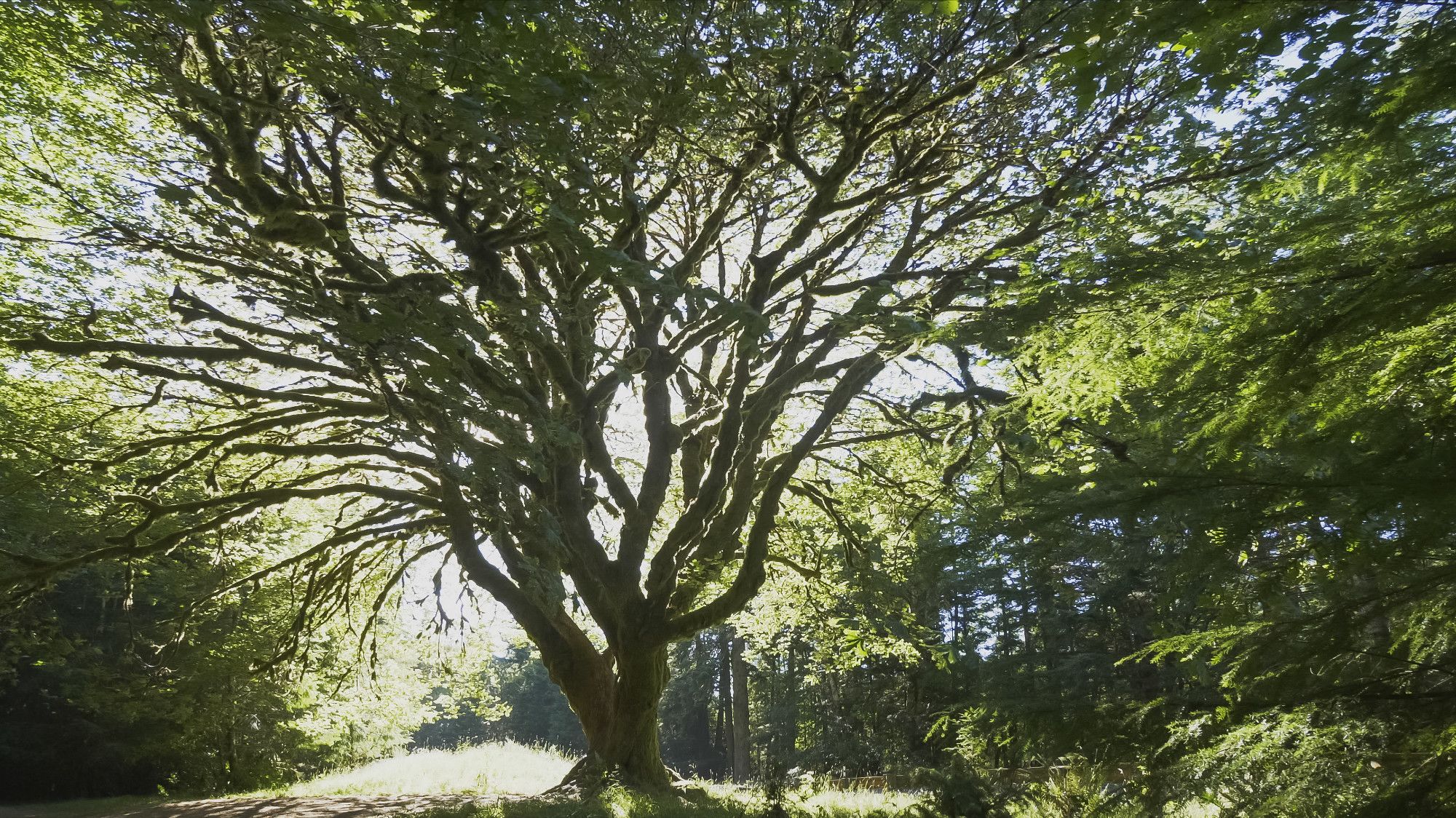
Criminals attempting a wood-related crime should think twice before becoming a sap. In a landmark federal criminal prosecution, a lumber thief accused of stealing bigleaf maple trees from a national forest was convicted based on forensic evidence—the DNA of the trees.
According to the Associated Press, the case marks the first time tree DNA was introduced in a federal trial. The case stemmed from a 2018 fire in Olympic National Forest in Washington that wound up spreading over 5.2 square miles. In the course of fighting and investigating the blaze, officials noticed that a number of the site’s valuable maple trees (often used to make guitars) had been sawed off rather than burned. Prosecutors said defendant Justin Andrew Wilke and co-conspirators took the trees and then sold them to a local lumber mill, with Wilke claiming the trees were sourced legally elsewhere and with a valid permit.
To challenge his argument, federal prosecutors in the U.S. Attorney’s Office for the Western District of Washington enlisted Richard Cronn, a research geneticist for the U.S. Forest Service. Using DNA, Cronn was able to demonstrate that the trees were a genetic match for what was left of the poached trees. The possibility of the DNA match being coincidental was just 1 in 1 decillion, or one 1 in 1,000,000,000,000,000,000,000,000,000,000,000,000.
The fire, it turned out, was Wilke’s attempt to destroy a wasp’s nest before taking the tree.
A jury convicted Wilke of conspiracy, theft of public property, depredation of public property, and trafficking and attempted trafficking of unlawfully harvested timber. Since there were no eyewitnesses to his starting the fire, he was not convicted of any related charges.
While this marks the first time tree DNA resulted in a federal conviction, wood has played a role in other cases. In March 1932, aviator Charles Lindbergh’s infant son, Charles Augustus Lindbergh, Jr., was taken from his second-floor bedroom via a ladder; his remains were later found not far from the Lindbergh estate. Arthur Kohler of the U.S. Forest Service was asked to identify the types of wood used to construct the ladder left on the scene. When authorities eventually arrested and tried Bruno Hauptmann for the crime, the jury saw evidence that wood in his home’s attic matched that of the ladder and some of his tools matched tool marks present on it. Coupled with other damning evidence, Hauptmann was convicted of first-degree murder and sentenced to death in 1935.
[h/t Smithsonian]
Justice Branch: Tree DNA Helps Secure Conviction of a Lumber Thief
Source: Philippines Wonders
0 Comments